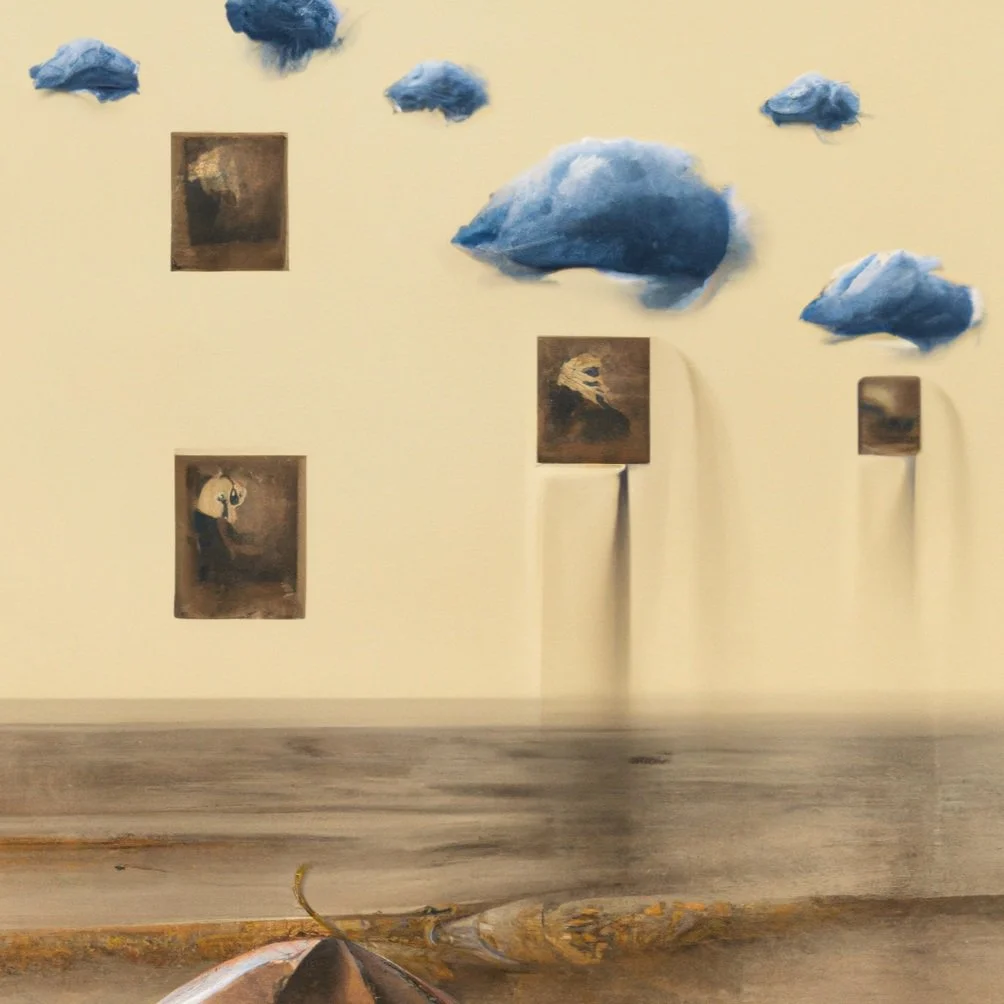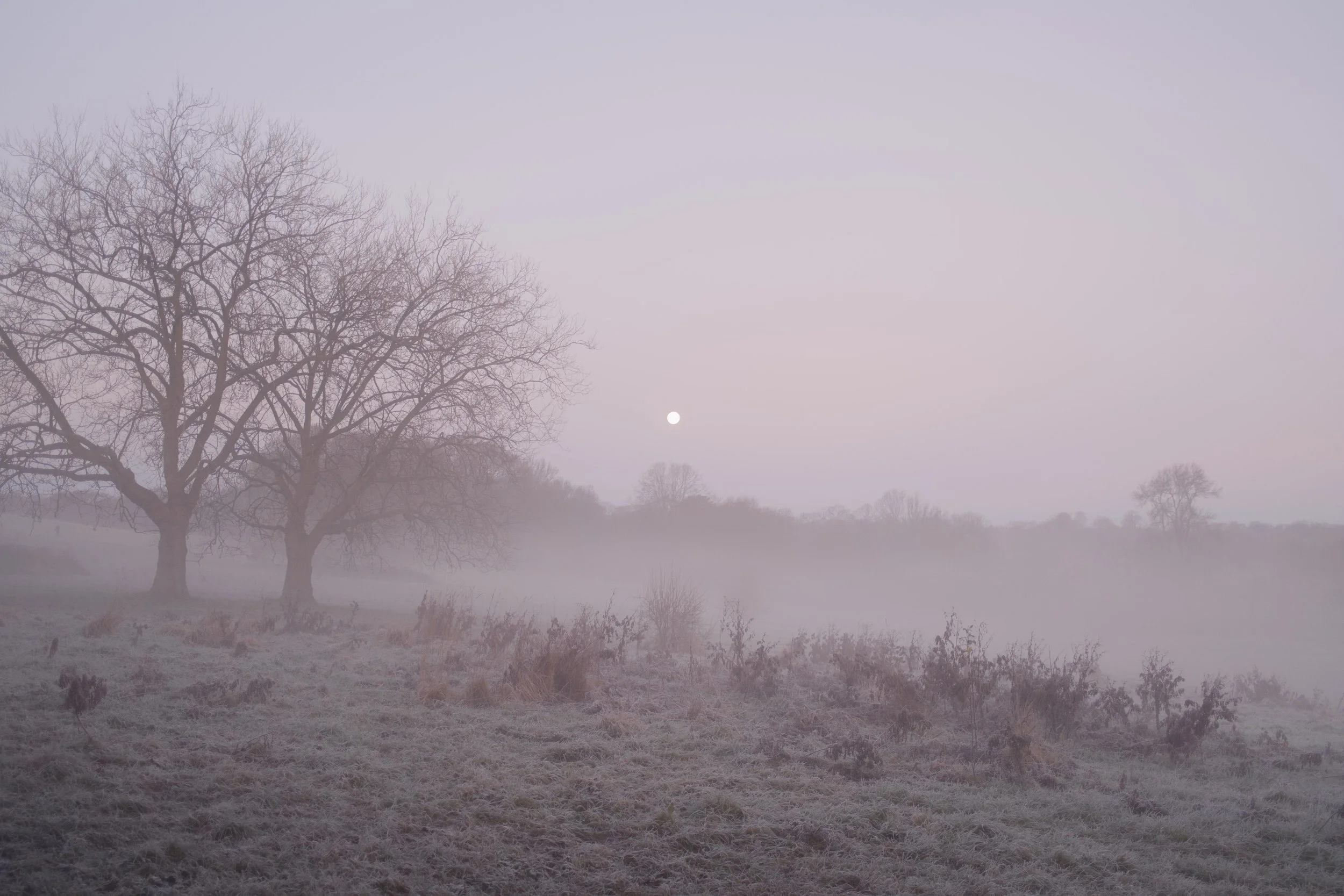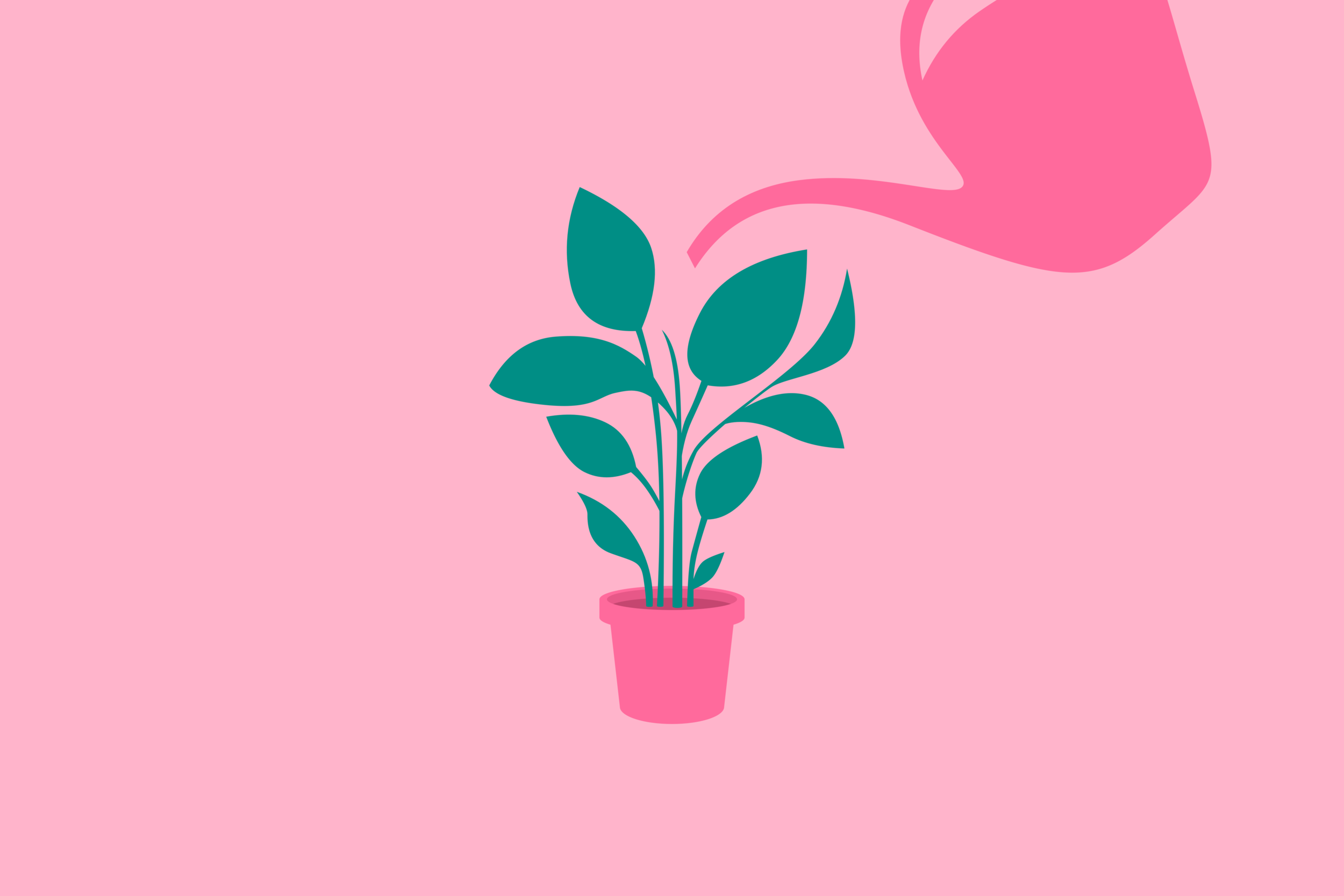Taking inspiration from your own past work
Disclaimer: While I don't see myself as a sketch-artist by a long stretch, I found that my drawings - being created directly with my hands - provide the best example to show stylistic differences and commonalities.
Have you ever gone back and re-read your own diary, or flicked through an old photo album or sketchbook? I have to admit that I rarely do this, and this is probably for two reasons: Lack of boredom, and the fact that I had conflicting views about this. On the one hand, it can be satisfying to look back on your work of the past. My prevailing view, however, was that looking back is a sign of unnecessary melancholy, that the time spent on it would be better used doing or experiencing something new.
Recently, I developed a new liking for methodically analysing my past creations - photo albums, sketchbooks, and diaries alike - because one question I always struggle with in any creative discipline is this: What is my style? What is it about my craft that makes it uncannily and unequivocally mine?
To answer this question, I used to exclusively seek inspiration out in the world. I'd spend cumulative days or more browsing the publications and Instagram accounts of "professional" artists, with a fundamentally flawed question in mind: Who of these people do I want to be like?
I hadn't phrased it quite this way - if I had, I had realised my mistake sooner - but I rationalised this course of action thinking, I won't copy anyone, I'm just looking for elements of their work to incorporate in mine. This, I still believe, is a great thing to do, since no one is truly original and everything is a mash-up of artists stealing from each other. It does take a lot of discipline though to stick to inspiration and not fall into the trap of, almost by accident, merely copying others. But here's what you can do not to fall into this trap: Steal from several, very different artists, and experiment with different mash-ups.
When you start experimenting, it can be quite frustrating. If you measure yourself by the work of the artist you are trying to emulate, you are bound to be unhappy with what you come up with yourself. It is not about this particular piece of work, though. In experimenting with different styles over time, you create a new growing and diverse body of work that will naturally mix in elements of you. Then, when you look back at the whole body of work, it will become clear which experiments have worked better than others; which pieces are more you than others? It is somewhere in this selection, that you find your style in.
Have you ever looked at the course of your life, or some stretch of it, and thought that as you went through it, it didn't make much sense at all, everything seemed chaotic and arbitrary; but that, in retrospect, now, it really does? I have found that finding your style in artistic pursuits is very similar.
In short, if you struggle with this question, try this:
Find work done by others that you love
Experiment with combinations of those styles
Experiment even more
Take a step back and see what worked
Take a step closer and see which of these creations feel like you
Keep experimenting with combinations of those styles
See, as we develop, so does our art. There is no use in "finding your style" and sticking with it. There are millions of Instagram accounts out there of people that do just this, and I, personally, find it really boring. As you and your style develop together, the nuances will become more subtle, but change will never cease. This is what keeps work interesting. Ultimately, your style is equally about how your work changes, as how it looks today.
Do the sketches in this post look like they come from the same author? Perhaps not, but they’ve helped me create more consistent work today. It’s been a long journey, and I look forward to the explorations ahead.


























